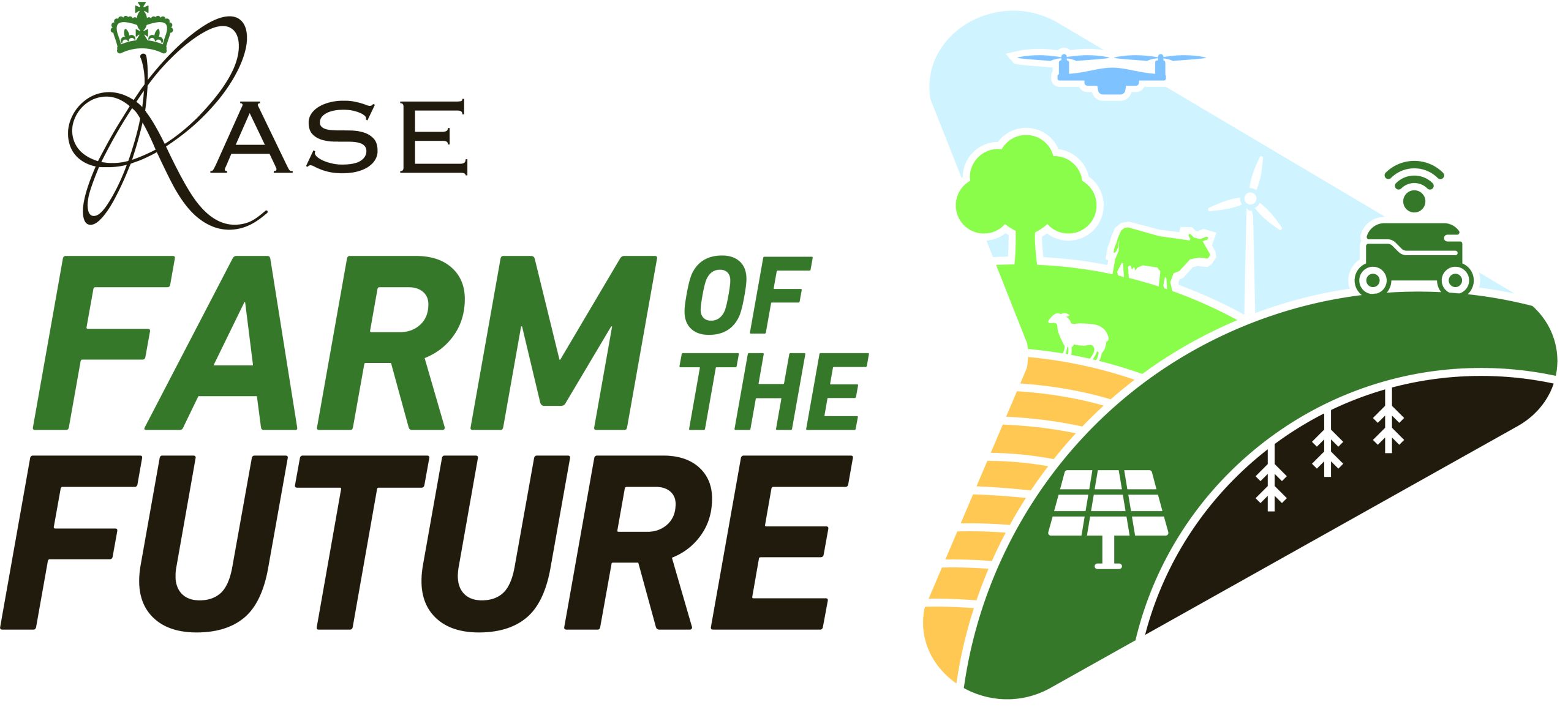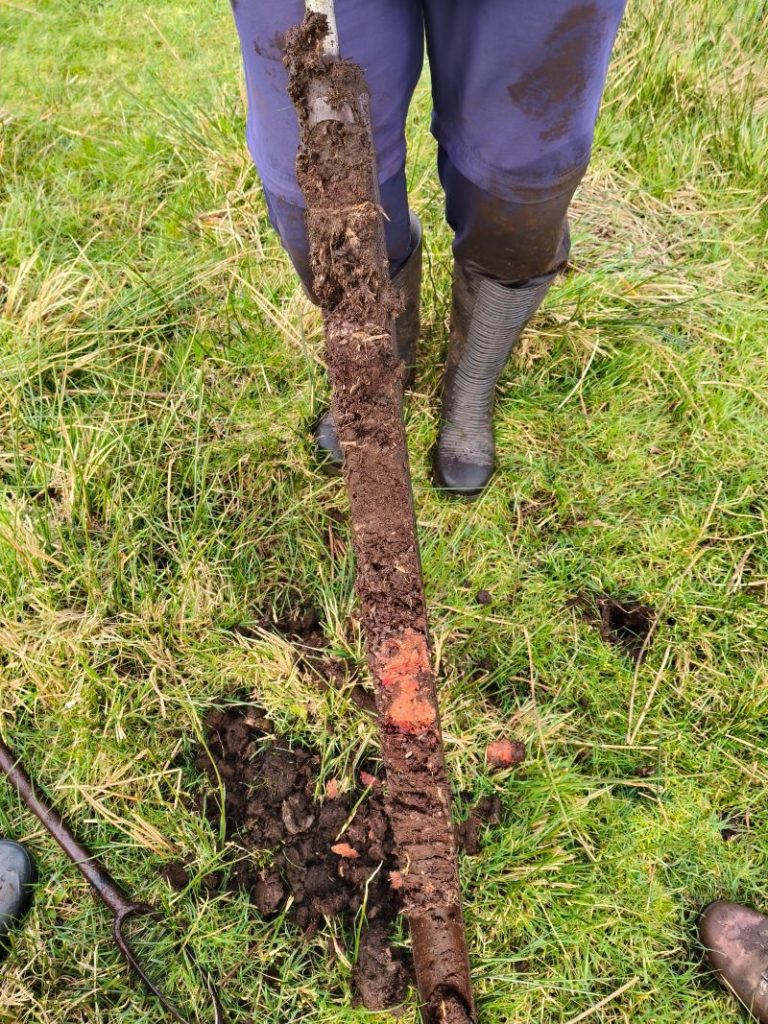Water table management, drainage, water capture, planning and strategic thinking are all crucial in reducing emissions from lowland peat soils in order to help agriculture reach net zero.
With more than half of land use emission reductions by 2040 to come from peatlands, it is a critical area for some of the UK’s most productive farmland. Water table depth is the main control for reducing emissions, with experts at a recent RASE webinar discussing practical options to manage this, as well as data underpinning the work.
What you need to know about water tables
Speaking in the webinar, Professor Ian Holman from the Integrated Land and Water Management department at Cranfield University told delegates that shared aid that water tables in lowland agricultural peats are not horizontal. They vary across the field, and over time; their depth is a function of the drainage regime, and then water inflows and outflows.
In winter, with low evapotranspiration or water use by the vegetation, inflows are greater than outflows. This gives a relatively high water table which is domed and highest in between the drains or the pipe drains.
In summer, with increasing evapotranspiration, crop water use is in excess of rainfall, so there is a net loss of water. This means either the water table can drop and still be slightly domed, producing a little bit of drainage, or the water table can drop below the water level in the drains, giving sub irrigation.
Why drain spacing matters for water table control
Key water table controls are drain spacing, free board (how low the water level in ditches or drains are below the land), weather and where you are in the field. But drain spacing is critical, Ian said.
Because peat soils are relatively low permeability, it is not easy for water to move into the system from the drains. A narrower drain spacing means water from the ditches has less far to go, so it can balance evapotranspiration better.
Using a water table model, he looked at average water table depth through the year for a series of drain spacings from 10m to 200m with the water level in the drain held at 20cm below the field. This highlighted that maintaining a high water level in drains or ditches isn’t a guarantee of holding a high water table in fields.
Achieving a high water table with low water table variability – in other words, not very high in winter or very low in summer – needs a small drain spacing. This means pipe drainage rather than ditch drainage.
What could be grown?
A recent Defra study showed that much of the market demand from paludiculture (farming with a high water table) is for relatively low value products, with a limited demand for food, leading to challenges for maintaining food production with high water tables. Supply chains would need to be created to buy produce and consumers would need to be prepared to buy it, whether it was new fibres, or new food crops such as bilberries
However, the substantial investment required to change farming equipment to go onto wetter fields needs to be considered, he said; how would the transition be financed?
What could be done quickly?
Conventional production systems in lowland agriculture typically have a water table depth of 50cm or more, whereas in paludiculture or Countryside Stewardship Scheme CSW17 and 18, water table depths are 0-30cm. In a Norfolk paludiculture trial crops, the average water table depth was 14-16cm, compared with conventional production systems at 50-80cm.
In the trial, to maintain the high water table with low variability, researchers had very narrow drain spacings of pipe drains, at 10m or less. An additional problem was soil wetness and low bearing capacity, so harvesting was challenging. However, Ian added that Countryside Stewardship (CSW19 or 20), required holding a water table from 30-50cm.
He said that this, in his personal opinion, may be where some of the easy wins around maintaining food production are associated. By bringing water table depth to a point where we can still grow food crops, we can still reduce emissions, but potentially avoid some of the displacement effects of food production moving off peat.
An easy win?
Answering a question from the webinar audience, Ian said seasonal rewetting could be an option which would be quick to roll out if there was a willingness and the regulatory framework didn’t inhibit it. So in winter, when there is no crop in the field, raise the water table to reduce emissions while the field is not being used, then in summer, lower the water table to carry on producing crop and get on the field with machinery.
The water dilemma
Farming with a higher water table or adopting paludiculture requires access to more water. While agriculture already needs more water in summer, regional water resource plans show that agricultural water availability will decrease in future.
Agriculture’s licensed allocation could reduce by over 60% in some catchments, even without considering any additional water for raising peatland water tables, said Ian. So, to raise water tables and achieve environmental goals, we need to enable more on-farm reservoir storage, both through making the processes of application more efficient, but also being able to finance it, because low value crops won’t pay for expensive on-farm storage, he said.
Capture and store
Capturing and storing more water is essential, according to webinar speaker Robert Caudwell, South Lincs farmer and former Chair of the DEFRA Lowland Agricultural Peat Task Force. Climate change means excessive winters where our present systems can’t withhold the water that’s coming down. So, six months of the year we’re pumping water away, which is an expensive operation with electric and diesel pumps, and now we’re in a situation (early May 2025) where many farmers are talking about starting to irrigate potatoes.
While farm reservoirs are useful, he said there was a need to think more strategically about managing and capturing water on a catchment basis. This was water flowing through the Fens from higher land, for example, which should be captured before it causes flood risk. If drainage boards were to play a role in this, rather than pumping water away, it could be captured and held. However, local authorities need to be involved on a catchment scale.
Strategic and widespread plan needed
A pilot project by the drainage boards has been looking at using tilting weirs, for example, to give the ability to maintain higher water levels, but without water availability, even this option would not work, he said. The issue needs to be addressed on a much bigger scale.
In Europe, this has resulted in projects such as in the Po Valley, where they are looking for 10,000 small reservoirs. In Portugal, the size of the Evora dam, the largest freshwater dam in Western Europe, means they can cope with five years of drought. It was financed by the Portuguese government and an EU grant, but the government got their money back before it was finished through increases in tax because of the economic development it created.
In the Fens, two reservoir proposals – South Lincolnshire reservoir and the Fens reservoir may help. However, they need to be more multi-functional, not just for public water supply, and we need to think on this much bigger scale. If we’re going to make a difference and really reduce carbon emissions, we need to have that water availability. Farm by farm, particularly where fields are scattered, is not a sustainable way forward, Robert added.
- RASE members can watch the webinar here.
- Read more about the data behind peatland management changes here.

